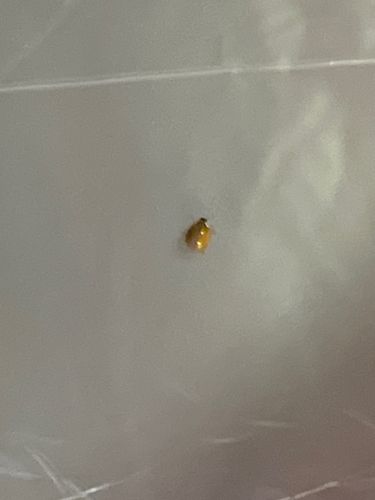Ladybug (or Ladybird beetle)
Scientific Name: Coccinellidae (family)
Order & Family: Coleoptera (Order), Coccinellidae (Family)
Size: Typically 1-10 mm, with most common species being 4-8 mm.

Natural Habitat
Gardens, agricultural fields, meadows, forests, and other areas with vegetation where their prey is abundant.
Diet & Feeding
The majority of ladybugs are predators, primarily feeding on soft-bodied insects like aphids, scale insects, mites, and mealybugs. Some species are herbivorous and eat plants or fungi.
Behavior Patterns
Ladybugs are often seen on plants, actively searching for prey. They undergo complete metamorphosis (egg, larva, pupa, adult). Many species overwinter as adults, often aggregating in sheltered locations. When threatened, they may play dead or secrete a foul-smsmelling, yellowish fluid (reflex bleeding) to deter predators.
Risks & Benefits
Ladybugs are overwhelmingly beneficial insects, especially in agriculture and gardening, as they are natural predators of many common plant pests. This reduces the need for chemical pesticides. Some species, like the Harlequin ladybird, can be an invasive species in certain regions, outcompeting native ladybug species or becoming a nuisance when they overwinter indoors. They pose no significant risk to humans, though some may bite if handled roughly, which is harmless.
Identified on: 11/15/2025